Pre-Permitted Plans Help Kalamazoo Bring Housing Back
A house built using pre-approved plans in Kalamazoo, MI. (Source: Rebekah Kik.)
The city of Kalamazoo, Michigan, faced a cascade of housing challenges. A state land bank program intended to fight blight had accumulated 267 derelict properties by 2015. But those lots were in neighborhoods where the cost of building a house would exceed its market value when finished. This produced a destructive loop in which existing homeowners had no financial incentive to improve their properties, and affected areas fell into further decline.
Reactivating those neighborhoods required more than one program, grant, or department could provide. So city, county, and state agencies, along with housing developers, advocates, and nonprofits—including the Incremental Development Alliance—formed a coalition in search of creative solutions.
One of their first steps was to conduct a survey of the housing types in Kalamazoo, many of which were traditional American homes of various sizes and configurations. Town officials then began asking how such buildings could be recreated today.
The first easily identifiable impediment was zoning. Like many American cities, Kalamazoo had zoned itself out of compliance throughout the 20th century. Many of those changes made infill development more difficult to execute profitably, including a minimum lot size of 60 feet wide that effectively rendered 67% of the land bank acquisitions unbuildable. Those zoning rules also created hurdles to homeowners who couldn’t secure financing to rehabilitate their own properties, and Kalamazoo revised them to enable more housing construction.
Taking a proactive approach on what it hoped would fill in those vacant lots, the city commissioned a portfolio of housing plans. “We wanted great design that fit into the neighborhood,” says Rebekah Kik, who at that time was city planner and is currently assistant city manager, “so it was our way of creating a pattern book for the city of Kalamazoo.” Kik, a trained architect, says getting these designs right was important so that “our communities and our residents would say yes to these homes.”
Kalamazoo then took the concept of pre-approved plans, which have been deployed so successfully in nearby South Bend, Indiana, a step further by adding all required permits and inspections to the process. But even after those efforts, the market wasn’t conducive to private investors.
So they set about doing a proof of concept, partnering with a local nonprofit, Kalamazoo Neighborhood Housing Services (KNHS). “We wanted to be sure that we took all the risk first,” explains Kik.
Beth McCann, executive director of KNHS, saw this as a chance to serve the organization’s clients, most of whom are single parents living well below AMI, while improving the city. “We all want safety and security and a great place to raise kids. We want the feel of a neighborhood.” McCann says working with the city on these plans ensured that “our homes look like the neighborhood … they helped create the neighborhood.”
The city and KNHS started on a construction project, building a duplex with two 1,012-square-foot units, plus a standalone ADU which was unveiled in 2022 with a happy new buyer. Kik likes this model for its potential to add density to neighborhoods and affordability for its owner by offering one unit to live in and two units producing revenue.
Kik describes an incredibly complex process getting the first model built, but says the trials (and some errors) yielded important lessons that improved the program and made it more viable for future partners. Among the worst surprises was to learn that there was an $18,000 charge from the water department to connect the water line based on how the house was situated. This issue was fixed for future builds, and Kik says it’s an example of why the city needed to be so hands-on to bring this idea to market.
As of 2024, 48 homes have been built using Kalamazoo’s pre-permitted plans. From the portfolio, KNHS has built the stacked duplex, a four-bedroom standard house, and will be working this year on a model called the narrow house, which can fit on a lot as small as 30 feet wide. Overall, KNHS says that in 2022, it helped 106 local residents buy or substantially improve their homes. It is also working to train local residents in the building trades to work on future projects.
In addition to the appealing designs, there’s an added bonus for the new buyers. “Our customers are used to living in a home that's 100 to 120 years old … they're drafty and utility bills are high, you can hear everything that happens out on the street,” says Matt Milcarek, director of construction services for KNHS. The new builds are all electric, with an emphasis on efficiency and insulation, so residents will see significant reductions on monthly costs for utilities.
There are indicators that the new homes are helping more than the buyers. Calling the pre-permitted homes, “a good marketing tool for both us and for the city,” McCann says people have come in asking about the new ones they’ve seen, and she describes one stretch of Burr Oak Street, where KNHS built a row of homes as “a total street/neighborhood transformation.”
Now the plans have been made available to small for-profit developers. In those cases they must prepay for all permits and inspections, but having access to proven, high-quality designs substantially lowers their upfront costs.
For other cities considering a similar program, Kik has some important advice, “A city needs to really understand its market. Are you merely looking to infill or do you want to hit the affordability zone? Are you trying to increase density? Do you have a lot of vacant land?” In Kalamazoo’s case, that meant identifying the areas it was seeking redevelopment, and carefully evaluating the impediments for new construction and existing residents.
But Kik cautions that every city has unique circumstances and history, and solutions may need to be narrowly focused. And it all starts with community engagement, asking citizens, “What do you want in your neighborhood?” That’s how Kalamazoo officials heard the calls for the restoration of a development pattern that had served the city well in its most prosperous times.
McCann adds that building relationships within the coalition was a vital first step. “Kalamazoo was super fortunate to have this partnership between city and county government, nonprofit organizations, and private philanthropy. We all are working to lessen the housing crisis. And it's amazing to see everyone rowing in the same direction.”



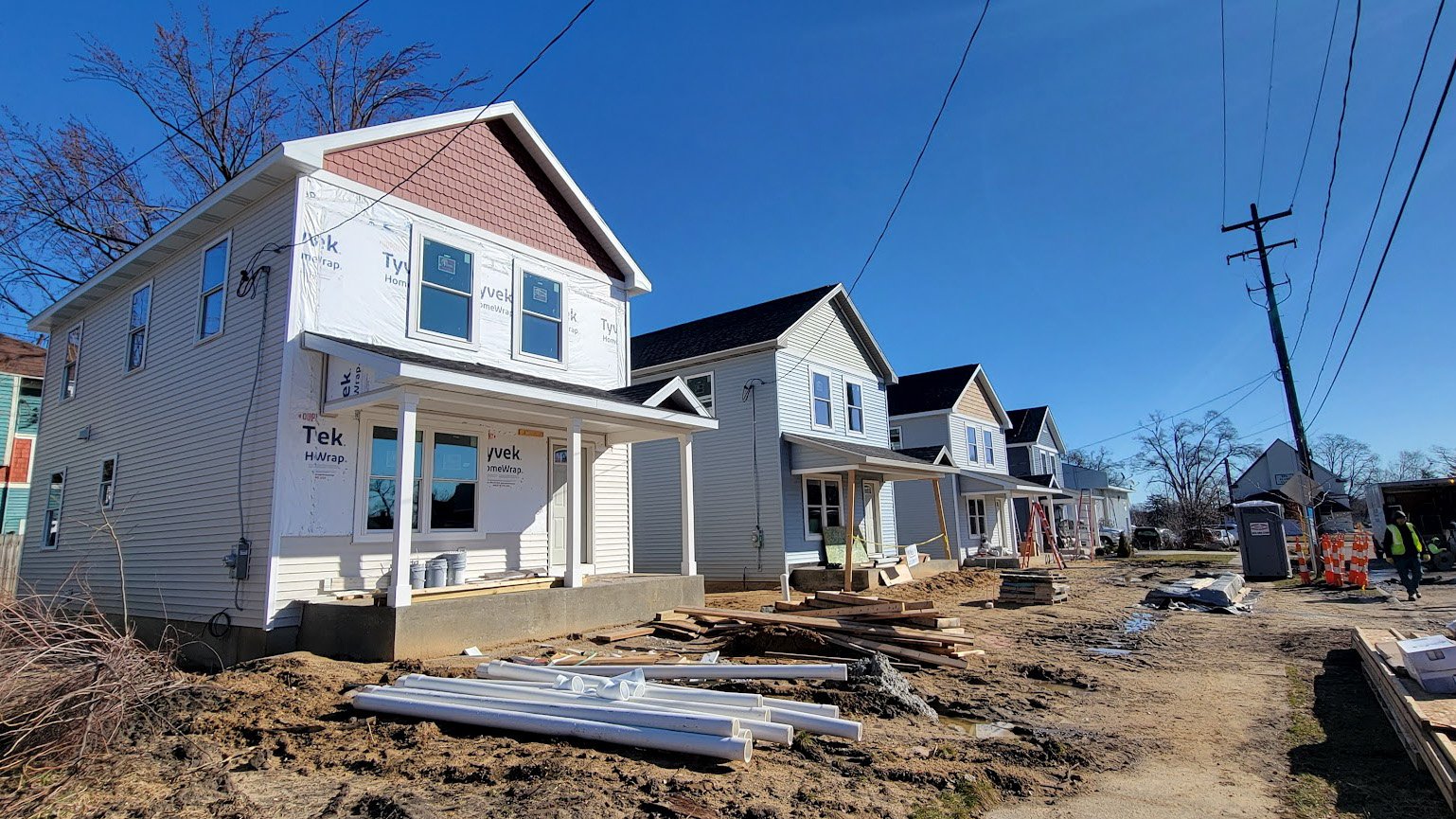
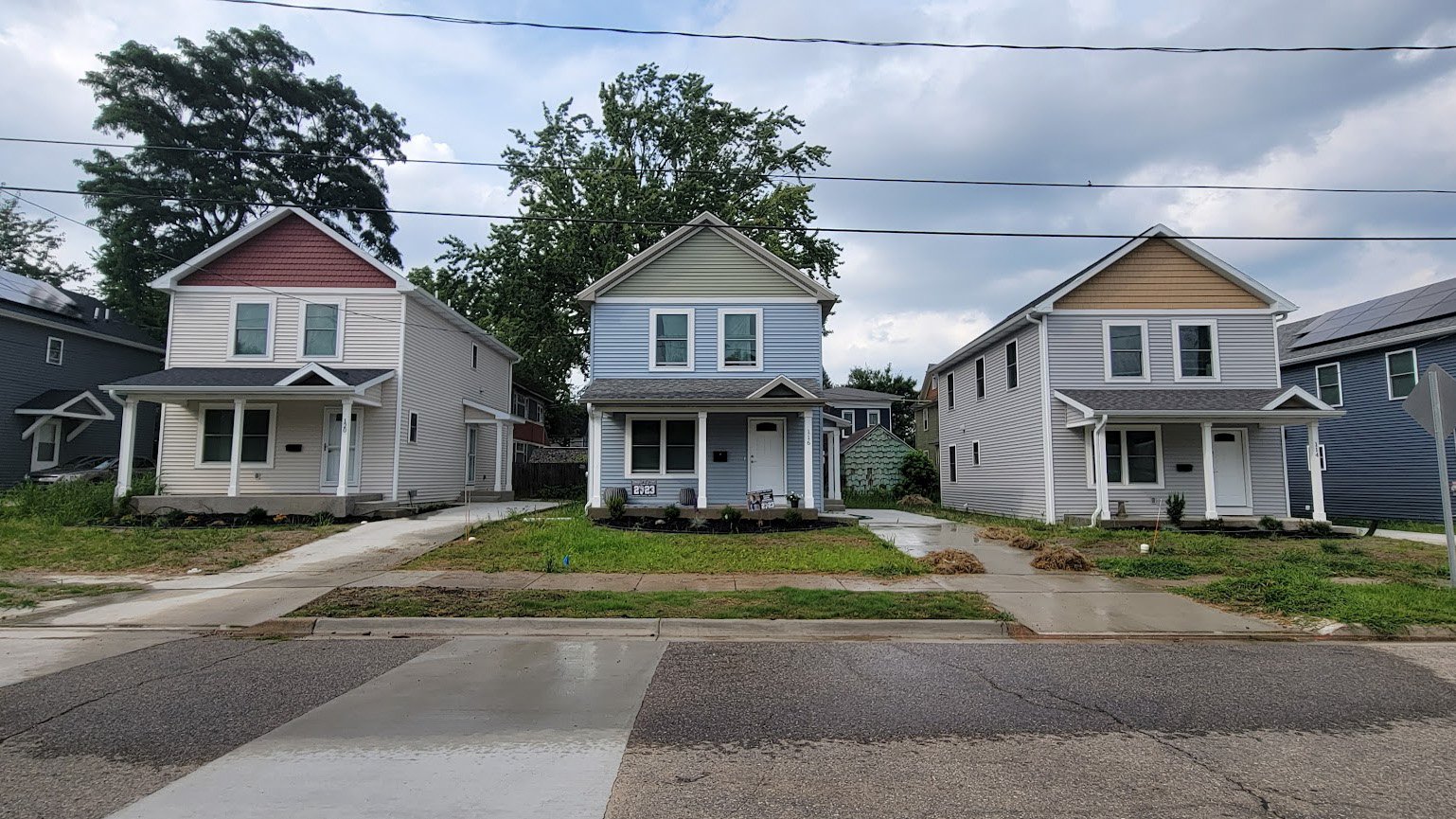
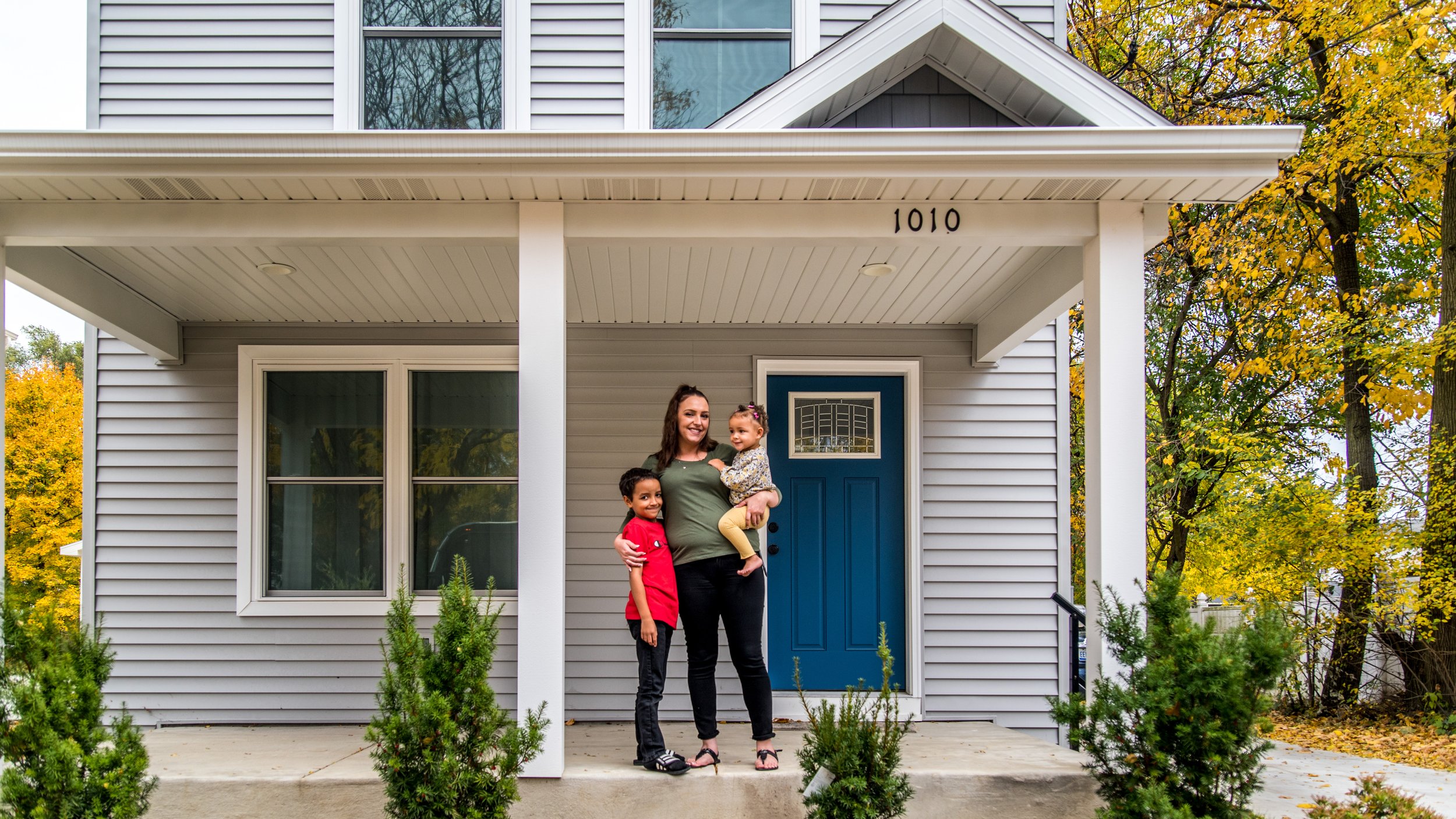
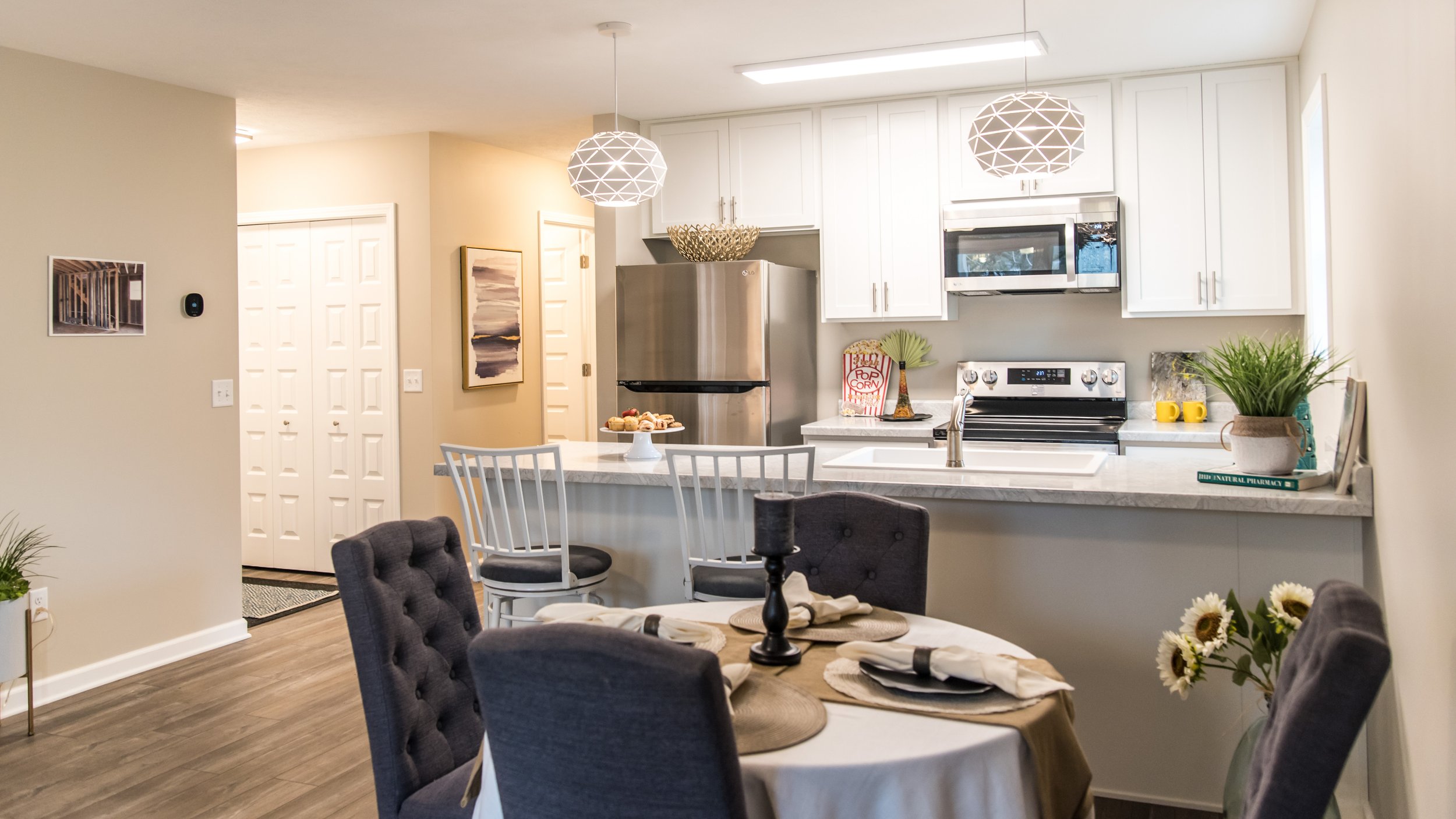
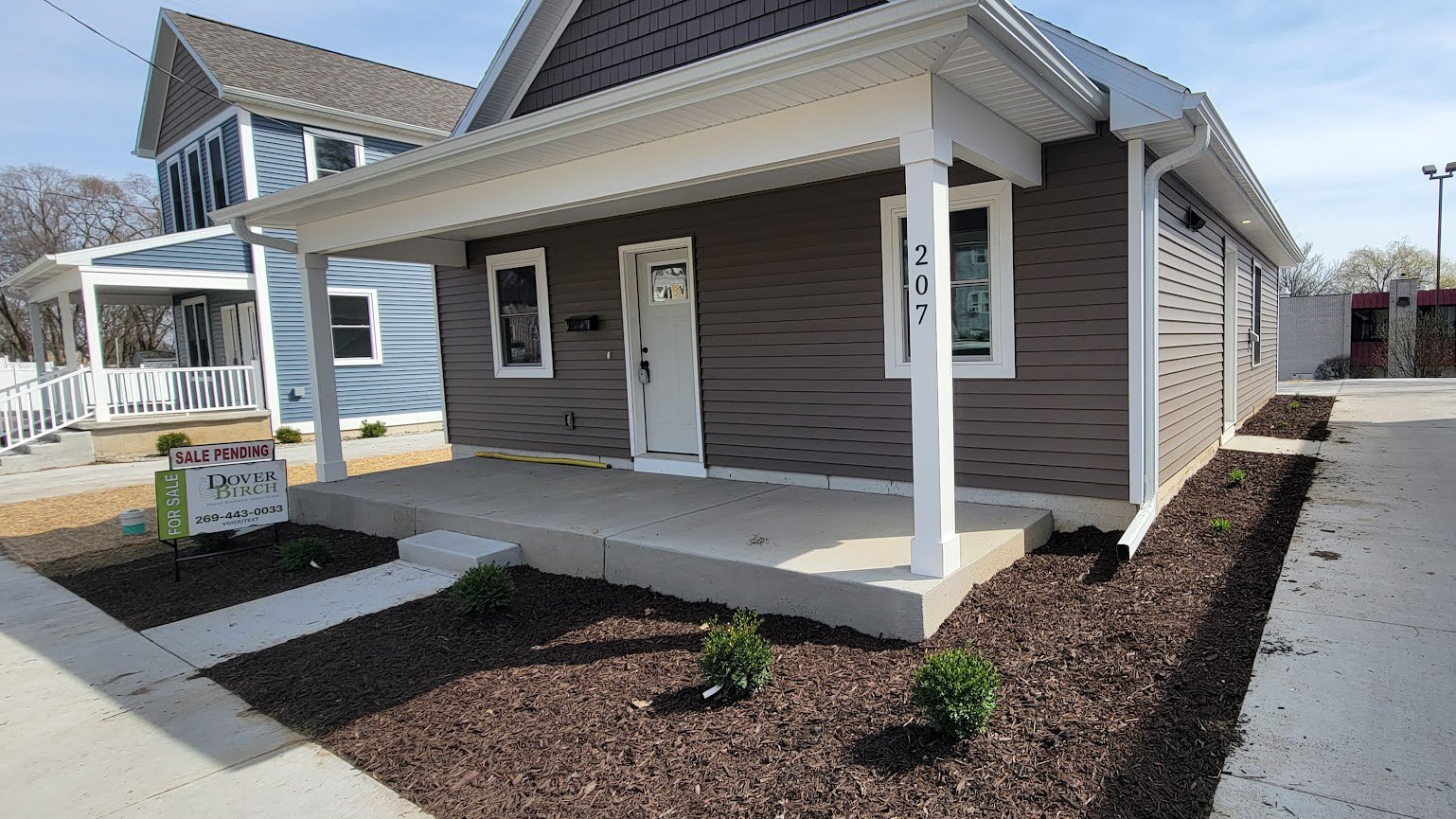



Ben Abramson is a Staff Writer at Strong Towns. In his career as a travel journalist with The Washington Post and USA TODAY, Ben has visited many destinations that show how Americans were once world-class at building appealing, prosperous places at a human scale. He has also seen the worst of the suburban development pattern, and joined Strong Towns because of its unique way of framing the problems we can all see and intuit, and focusing on local, achievable solutions. A native of Washington, DC, Ben lives in Venice, Florida; summers in Atlantic Canada; and loves hiking, biking, kayaking, and beachcombing.